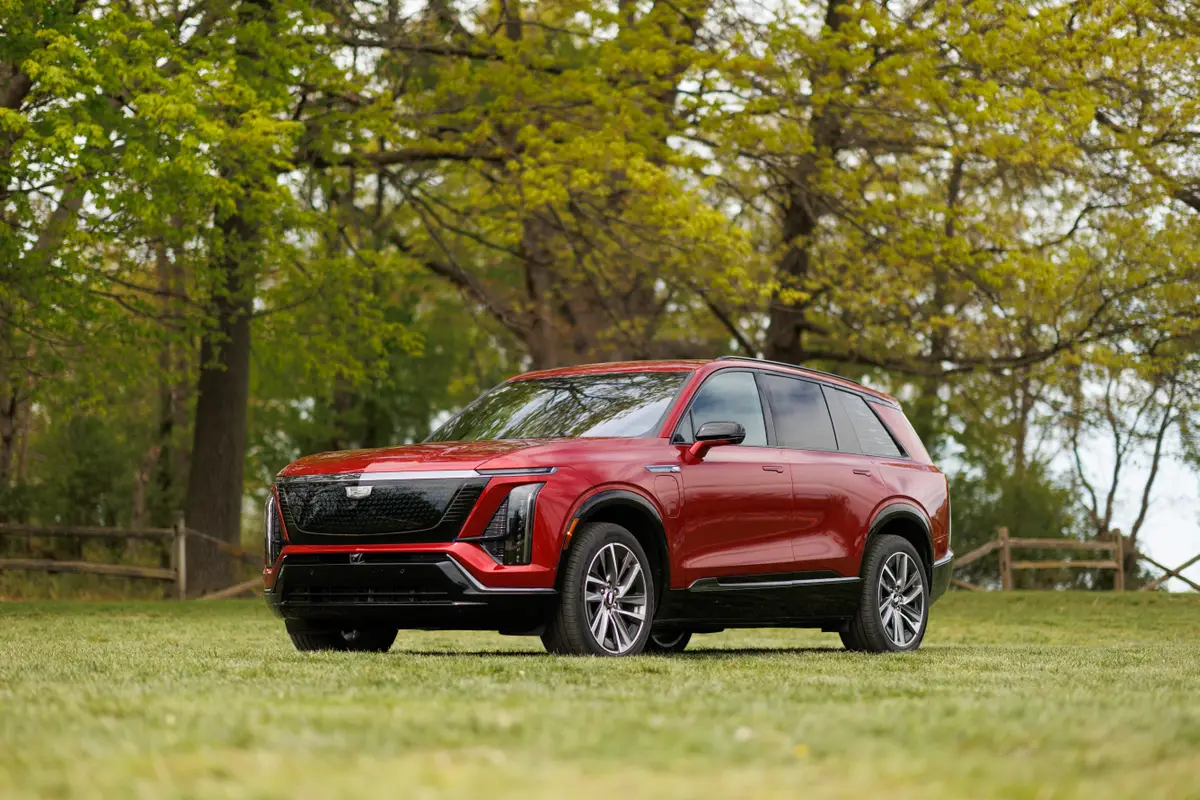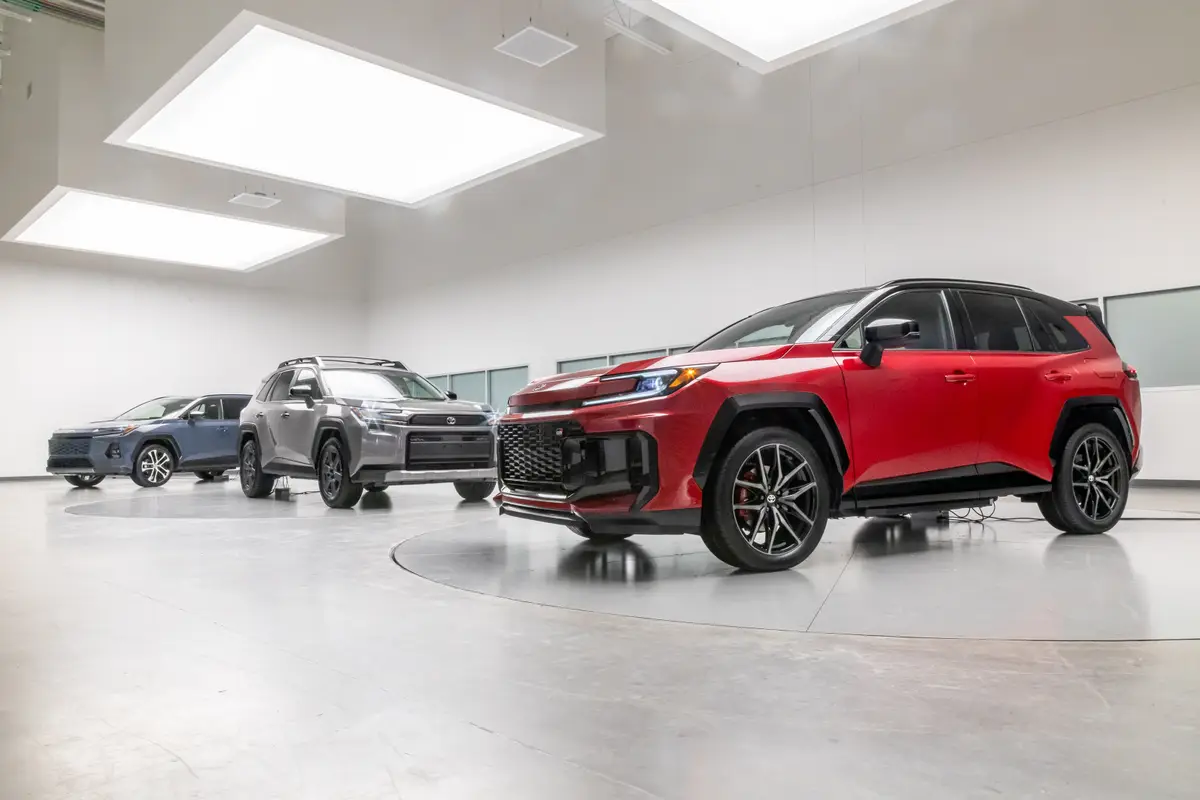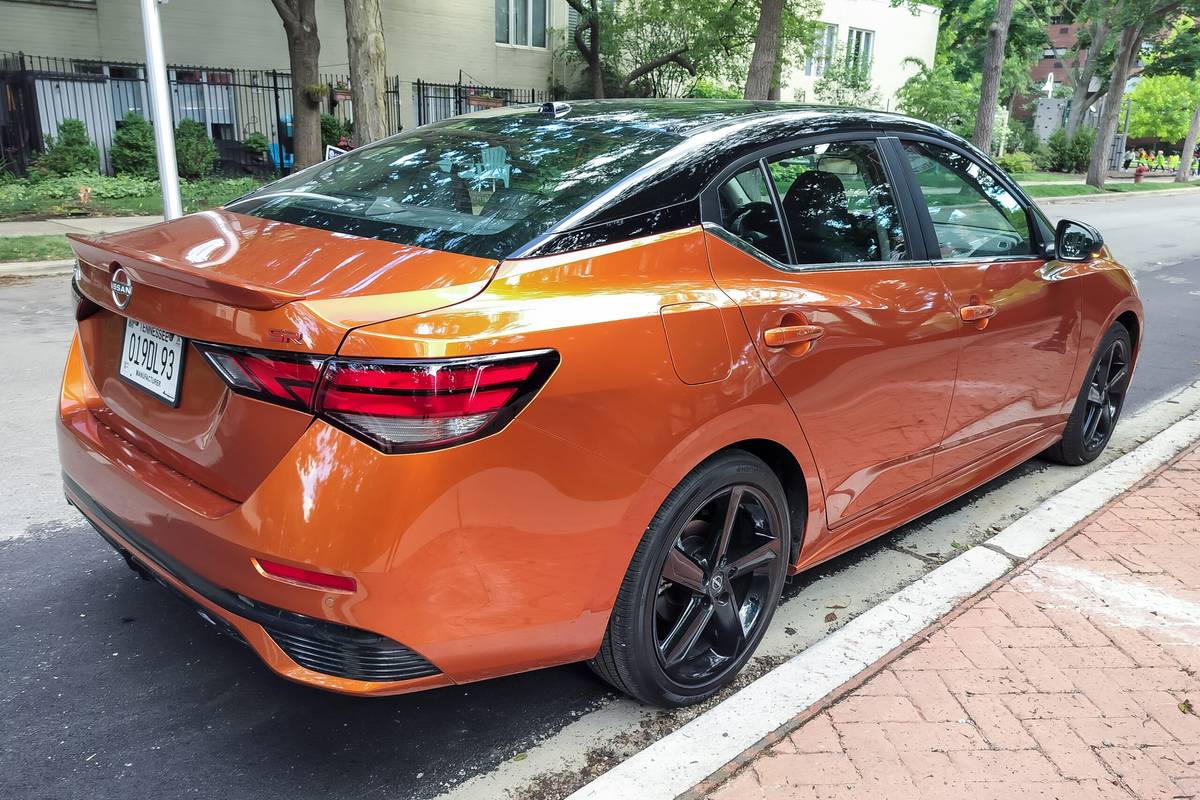2002 Toyota Avalon: What's New
Vehicle Overview
Toyotas top model is considerably more distinctive in appearance and more noticeable than the companys class-leading, smaller Camry sedan on which it was based. Restyled for 2000, at which time the Avalon gained some interior space, the upscale front-drive family sedan is unchanged for 2002.
The Avalon is close to full-size in dimensions, and it stems from the lower-priced, previous-generation Camry (the 2002 Camry has been restyled). Both models are built at Toyotas plant in Georgetown, Ky. Introduced in 1995, the Avalon not only was supposed to give Camry owners a larger sedan to aspire to, but it also was the automakers attempt to lure owners of full-size cars away from domestic brands.
The Avalon comes as a base XL model and as the more costly XLS sedan. A 210-horsepower, 3.0-liter V-6 engine mates with a four-speed-automatic transmission.
Exterior
Markedly more flashy than the original Avalon, the current model features a large vertical-bar grille up front and a steeply angled windshield and rear window. The most dramatic characteristic of all is the rear-end appearance, which is highlighted by large taillights.
The Avalon rides a 107.1-inch wheelbase and measures nearly 192 inches long overall. The 2002 Camry has the same wheelbase but is almost 3 inches shorter. At 71.5 inches, the Avalon is an inch wider than the Camry and only a trifle shorter.
Interior
To create the original Avalon, Toyota adopted something akin to the cab-forward styling concept that was pioneered by the Chrysler LHS sedan in 1993. Specifically, moving the instrument panel 4 inches forward created a longer cockpit.
Seating is a matter of choice. Either a three-place front bench or front bucket seats can be installed, so five or six occupants will fit depending on the seating arrangement. No other Japanese automobile offers seating for six, and the rear seat allows more legroom than most full-size sedans.
Trunk volume is close to 16 cubic feet, but the space looks even larger, with a big opening that makes it easy to load bulky items. A small pass-thru section in the rear seatback permits owners to carry long objects, such as skis.
Under the Hood
Toyotas 3.0-liter V-6 engine develops 210 hp and mates with a four-speed-automatic transmission.
Safety
Antilock brakes and side-impact airbags for the front seats are standard. Traction control, Toyotas electronic stability system called Vehicle Skid Control and emergency brake assist are optional in a group for the XLS sedan.
Driving Impressions
Exterior dimensions might measure less than full-size, but passengers are likely to call the Avalon virtually full-size on the inside because of its efficient use of available space. People sometimes criticize Toyota for lacking excitement, but the Avalons styling cannot be called subtle. Whether or not it ranks as appealing is a matter of personal taste.
Anyone who likes the comfortable ride, smooth and easy driving, ample performance and unfettered refinement of a Camry might easily fall for an Avalon. Owners get all the Camry attributes, coupled with greater interior space and some extra amenities. Those extras cost more, of course, but it might be worth the price to wind up with a smoothly civilized automobile that will still be worth something at resale time.
| Reported by Jim Flammang for cars.com From the cars.com 2002 Buying Guide |
Featured stories

2026 Cadillac Vistiq Review: Luxuriously Normal



